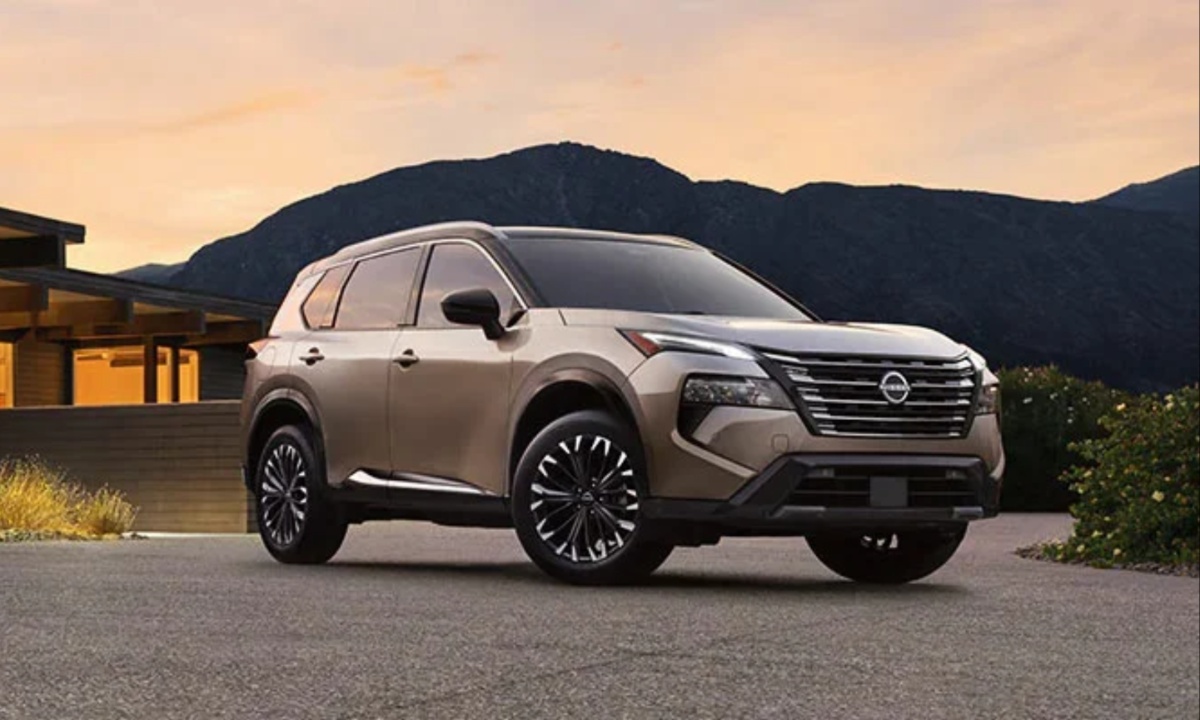In the age of constant connectivity, in-car Wi-Fi has shifted from a luxury feature to a widely marketed standard. Automakers now advertise built-in internet access as a key selling point, promising drivers and passengers the ability to stream, work, and browse on the go, just like they would at home or in the office.
For commuters, road-tripping families, and digital nomads alike, the appeal is obvious: seamless online access without having to tether phones or drain personal data plans.
But like many automotive technologies that sound great on paper, not all in-car Wi-Fi systems are created equal. Some truly deliver, transforming vehicles into high-speed, multi-device mobile hubs. Others? Not so much.
The reality is that several manufacturers offer built-in Wi-Fi systems that are frustratingly slow, unreliable, or poorly integrated with the car’s infotainment system. Some are limited by weak signal boosters, others are hampered by outdated LTE networks, or a lack of meaningful applications within the vehicle.
In many cases, the vehicle’s own hotspot performs worse than simply using your smartphone. On the flip side, there are a few standout models that treat in-car Wi-Fi as more than just a checkbox feature.
These vehicles are equipped with powerful antennas, dependable networks, and smart software that enhances navigation, entertainment, and productivity alike.
This article breaks down the contrast by highlighting five vehicles where built-in Wi-Fi excels, and five where it completely misses the mark. We’re diving into how these systems perform in real-world conditions, not just the promises made in marketing brochures.
If you’re considering a new car and view reliable internet as a must-have, this guide will help you avoid frustration and focus on the models that actually deliver on their digital promise. Let’s separate the connected winners from the disconnected letdowns.
Also Read: 10 Best Practices to Keep Your Engine Running Like New in High-Performance Motorsport Vehicles
5 Cars with Built-In Wi-Fi That’s Fast
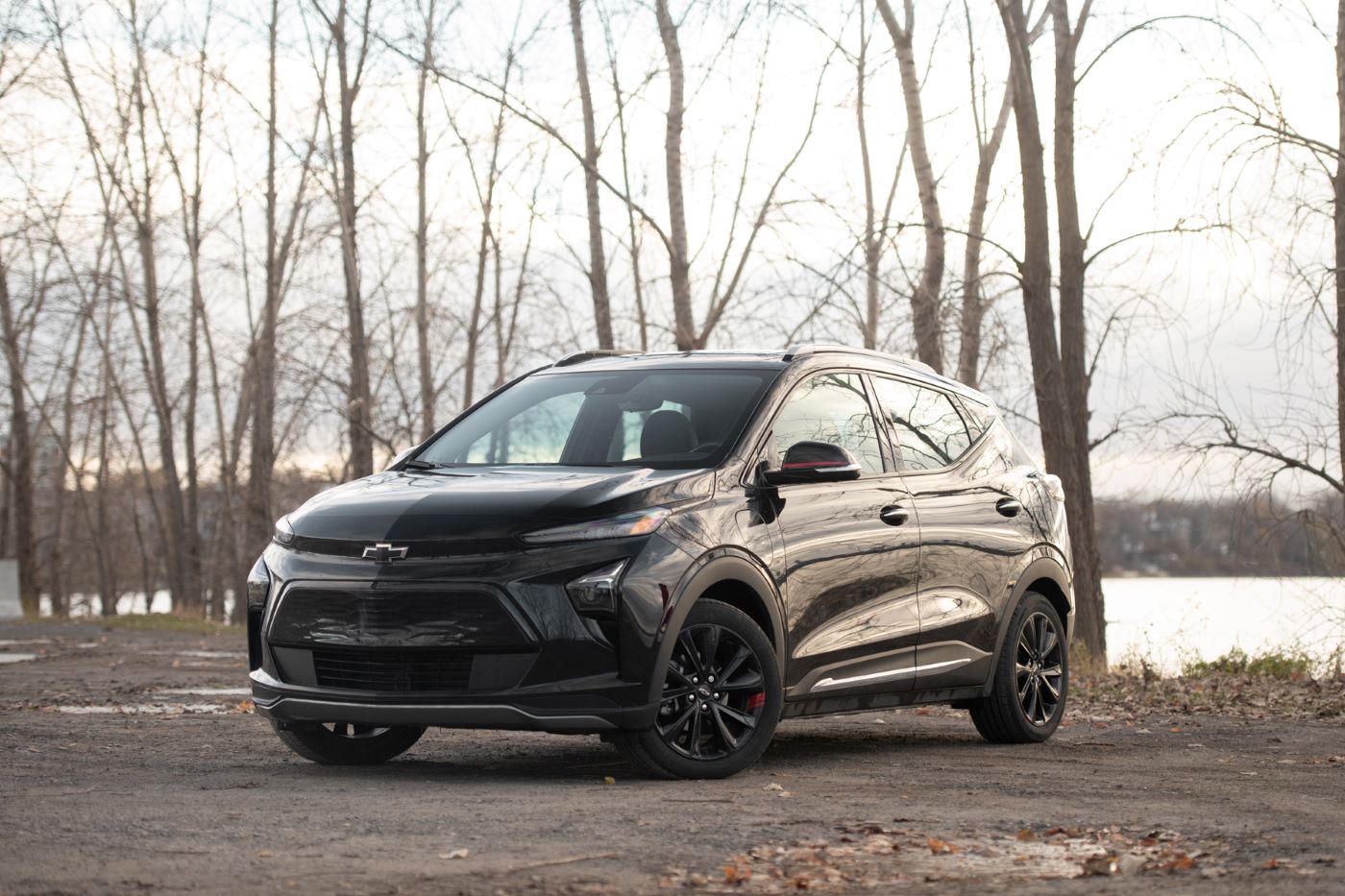
1. Chevrolet Bolt EV
The Chevrolet Bolt EV is more than just a compact electric vehicle—it’s a mobile tech hub. One of its standout features is the built-in 4G LTE Wi-Fi hotspot, powered by GM’s OnStar system in partnership with Verizon.
This connection supports up to seven devices at once, delivering internet speeds that rival some home broadband services, especially in urban or suburban areas with strong signal coverage.
Whether you’re parked in a lot or moving down the highway, the hotspot stays active and responsive, with minimal dropouts or lag. It’s a perfect feature for families, digital nomads, and rideshare drivers who want to keep passengers connected. For parents traveling with kids, it means uninterrupted streaming of Netflix or YouTube. For professionals, it means you can join Zoom calls, send large email attachments, and access cloud-based documents while in transit—all without relying on your phone’s data plan.
What truly elevates the Bolt EV’s connectivity is its seamless integration with the car’s infotainment system. The central touchscreen and digital interface are intuitive and responsive, with support for Apple CarPlay and Android Auto, allowing a natural handoff between devices and the built-in system. Wi-Fi enhances this by enabling faster app loading, real-time traffic updates, and high-quality voice navigation.
Software updates can be downloaded over the air, and new features are frequently added without the need for a dealership visit, further improving the value of staying connected. The Bolt’s ecosystem is clearly designed for a generation that expects everything—from navigation to entertainment—to be smart and instantaneous.
Another significant point is how practical the system remains in less-than-ideal situations. The Bolt EV maintains a solid connection even in rural or suburban areas where other cars’ systems falter. Thanks to Verizon’s vast coverage, the hotspot delivers above-average reliability across different regions.
And because the Bolt EV is electric, it’s often used by eco-conscious early adopters—people who tend to value smart, connected features. For them, high-speed Wi-Fi becomes not just a bonus but a necessity. This makes the Chevrolet Bolt EV one of the few affordable electric vehicles that truly delivers when it comes to practical, fast in-car internet connectivity.
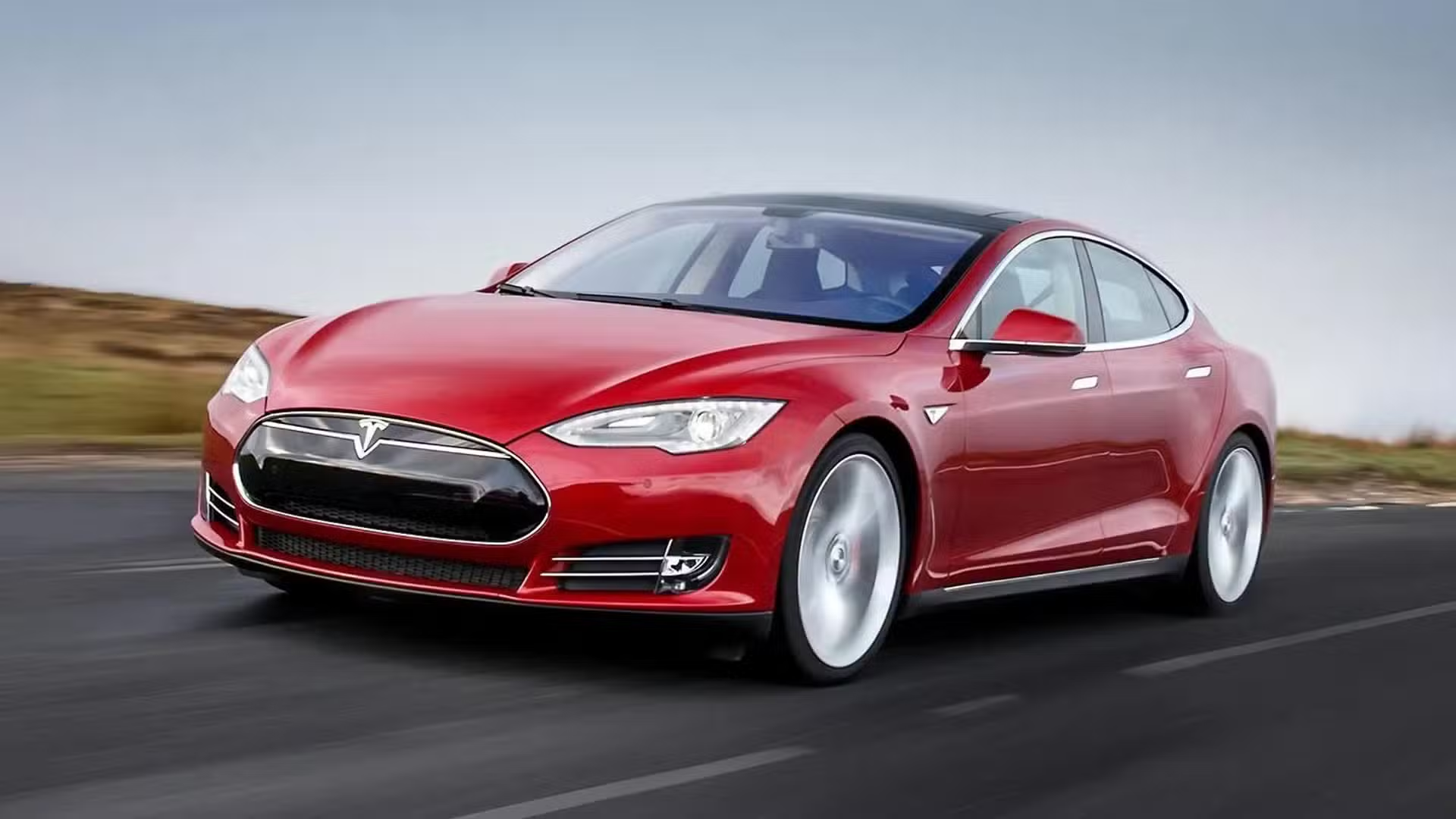
2. Tesla Model S
Tesla has built its brand around futuristic technology, and the Model S exemplifies this commitment to cutting-edge features, especially when it comes to connectivity. The car offers built-in high-speed internet access that powers everything from music streaming to navigation to video conferencing.
Tesla vehicles come with standard cellular connectivity, and premium connectivity plans upgrade this experience to include features like streaming media, live traffic visualization, and internet browsing. The Model S delivers a level of integration that’s uncommon even among high-end vehicles: you’re not just getting Wi-Fi—you’re getting an ecosystem where the internet is the central nervous system. The LTE-based connection is fast and responsive, ensuring that everything from Spotify playlists to YouTube videos plays smoothly without long buffering times.
The Model S’s use of in-car Wi-Fi goes beyond basic browsing. Tesla’s infotainment system feels more like a desktop operating system than a traditional car interface. You can load full websites, watch Netflix, use Google Maps in real-time, and even play cloud-based games.
Updates are delivered seamlessly over the air, often overnight, and many are major, adding new features like adaptive suspension, improved autopilot behavior, or streaming options. This level of integration means that Tesla’s connectivity isn’t just fast—it’s functional. Passengers can access multiple internet-heavy applications at once without any noticeable lag, thanks to Tesla’s optimization of bandwidth use and interface responsiveness.
Furthermore, Tesla has a unique advantage in its proprietary software platform. Unlike other automakers that rely on third-party tech vendors, Tesla designs and controls both the hardware and software stacks. This synergy allows the company to better manage network resources, prioritize data flow, and deliver smoother experiences than most competitors.
Tesla also provides hotspot capabilities that allow passengers to tether their devices using the car’s high-speed connection, although this feature is more limited than some traditional hotspot systems. Still, when considering the user experience—speed, consistency, and deep integration—the Model S sets the gold standard for fast, intelligent in-car Wi-Fi.
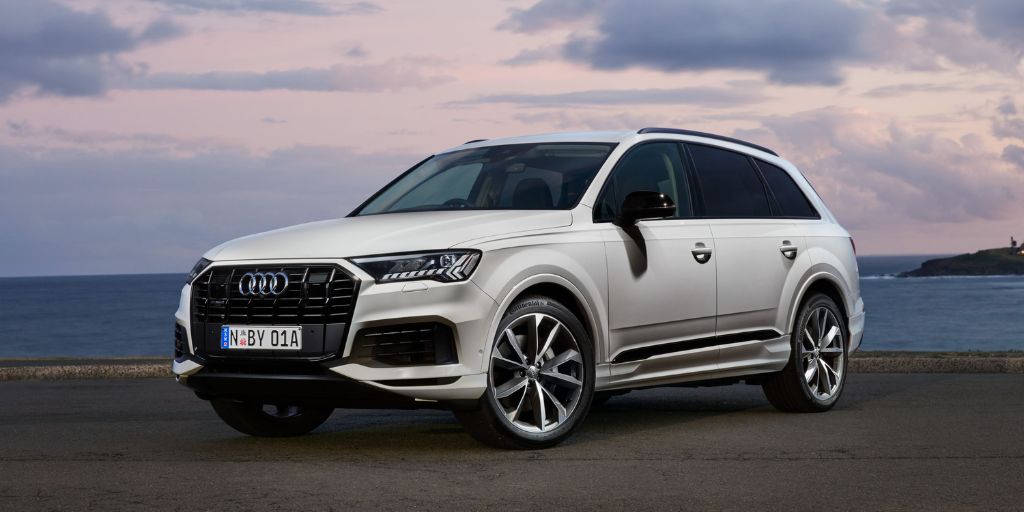
3. Audi Q7
Audi’s Q7 is a luxury SUV that doesn’t just impress with its performance and design—it also offers one of the most capable in-car connectivity setups in its class. Built around the MMI (Multi Media Interface) infotainment system, the Q7 includes an LTE Wi-Fi hotspot powered by Verizon, which delivers reliable, high-speed internet access to as many as eight connected devices.
This feature makes the Q7 ideal for families or professionals who need constant access to the internet. Whether you’re on a family road trip and the kids are watching Disney+ in the back, or you’re attending a Teams meeting from the passenger seat, the Wi-Fi delivers both speed and stability. Even during longer trips through varying terrain, the Q7’s system maintains a dependable connection, a critical feature for high-end buyers who expect consistency.
The Audi Q7’s user experience is elevated by how the internet is woven into every layer of the vehicle’s interface. The MMI system is responsive and highly configurable, allowing you to switch between tasks—navigation, voice search, browser use—without lag. Audi also offers optional rear-seat entertainment screens that take full advantage of the built-in Wi-Fi, enabling rear passengers to stream or browse independently of the front infotainment system.
This separation of user experiences is a subtle but important feature that helps the Wi-Fi system feel more like true broadband access rather than a novelty. Additionally, features like over-the-air updates and real-time traffic overlays are enhanced by Wi-Fi’s low latency and high reliability.
One of the major strengths of Audi’s system is its ability to maintain performance even in less-than-ideal signal areas. The Q7 has antenna amplifiers built into the chassis that help stabilize the LTE signal even in fringe zones. This means fewer dropped connections and more consistent internet performance, which matters a lot when you’re relying on cloud-based navigation or hosting a business call from the road.
Audi designed this system with premium users in mind—people who demand high performance and seamless tech integration in all aspects of their lives. For those looking for both luxury and fast, reliable in-car internet, the Q7 easily earns its place on this list.
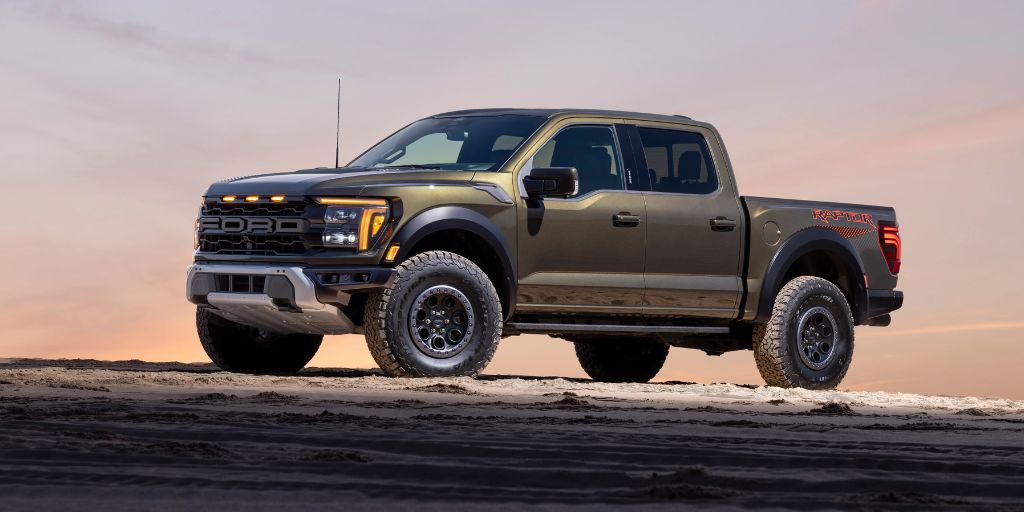
4. Ford F-150
The Ford F-150 is America’s best-selling truck for a reason: it combines brute strength with forward-thinking technology, including one of the most capable in-car Wi-Fi systems on the market. Powered by AT&T’s 4G LTE network, the F-150’s Wi-Fi hotspot can connect up to 10 devices, making it a standout not just among trucks but across the entire vehicle spectrum.
Whether you’re a contractor working from a job site, a family on the road, or someone towing a camper to a remote destination, the F-150 ensures you stay connected. And because it’s a truck designed for both work and play, having a reliable, fast internet connection adds real utility. Think about being able to send high-resolution job site photos, stream music on a lunch break, or download blueprints from the cloud—all without leaving the truck.
The F-150’s Wi-Fi isn’t just fast; it’s rugged. Ford has invested heavily in antenna design and vehicle-mounted signal boosters to make sure the hotspot works in places where your phone might struggle. If you’re out in the middle of nowhere—on a ranch, in the mountains, or at a festival—the truck can still pull in a signal and share it with everyone inside.
This is a major advantage for workers in industries like construction, agriculture, or emergency response, where being disconnected is not an option. The system is activated easily from the infotainment touchscreen, and data plans are flexible, allowing users to scale their usage month by month depending on need.
On top of utility, Ford has also focused on user experience. The SYNC 4 infotainment system is fast and responsive, giving users instant access to apps that rely on a strong connection—weather, traffic, navigation, and more. With the truck’s Wi-Fi enabled, SYNC services perform better, and over-the-air updates happen faster and more reliably.
Ford even encourages remote work scenarios, including optional fold-flat work surfaces that pair naturally with the truck’s connectivity. The F-150 doesn’t just offer fast in-car Wi-Fi—it turns that speed into real, usable productivity on the road.
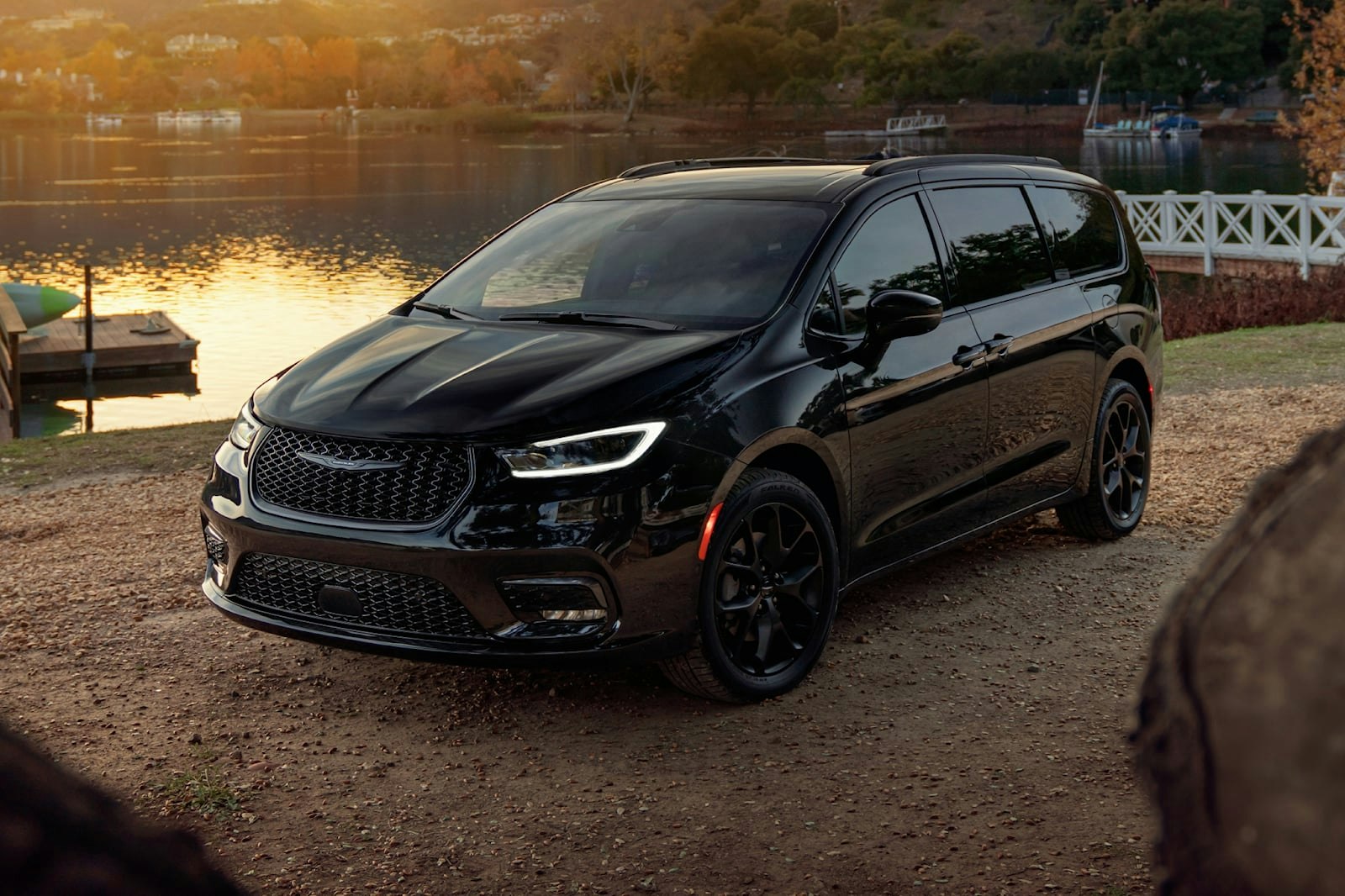
5. Chrysler Pacifica
The Chrysler Pacifica proves that minivans can be high-tech too, especially when it comes to connectivity. The Pacifica features a built-in 4G LTE Wi-Fi hotspot powered by Uconnect and AT&T, supporting up to eight devices at once. It’s the perfect family vehicle, not just because of its space and safety features, but because of how well it keeps everyone online and entertained during long drives.
Kids can stream movies on tablets, teens can stay connected to social media, and adults can catch up on work or attend meetings while riding in the back seat. The Wi-Fi remains fast and responsive even at highway speeds, and the Pacifica’s excellent sound insulation makes it easy to focus while using connected devices.
One of the standout features of the Pacifica’s Wi-Fi system is how intuitively it integrates with the rear-seat entertainment system. The optional Uconnect Theater package includes dual touchscreens for back-seat passengers, and both can stream high-definition content from the internet via the car’s hotspot.
This means less reliance on downloaded content and fewer complaints from restless passengers. Moreover, Chrysler offers convenient controls from the front seat, allowing parents to monitor or manage screen time without needing to touch each device. These subtle details show that Chrysler has thought through how a fast internet connection should enhance the passenger experience, not just provide it.
The Pacifica’s Wi-Fi also plays an important role in futureproofing the vehicle. Chrysler regularly rolls out over-the-air updates that improve performance, add apps, or refine the infotainment interface. This means the Wi-Fi isn’t just for browsing—it’s a conduit for maintaining and upgrading the car’s technology.
And for families who rely on digital maps, streaming music, or real-time traffic updates, having a fast, built-in connection is a game-changer. The Pacifica may not carry the badge of a high-performance luxury vehicle, but its in-car Wi-Fi system delivers consistent, impressive results that easily rival those of more expensive SUVs.
5 Cars with Built-In Wi-Fi That’s Pointless
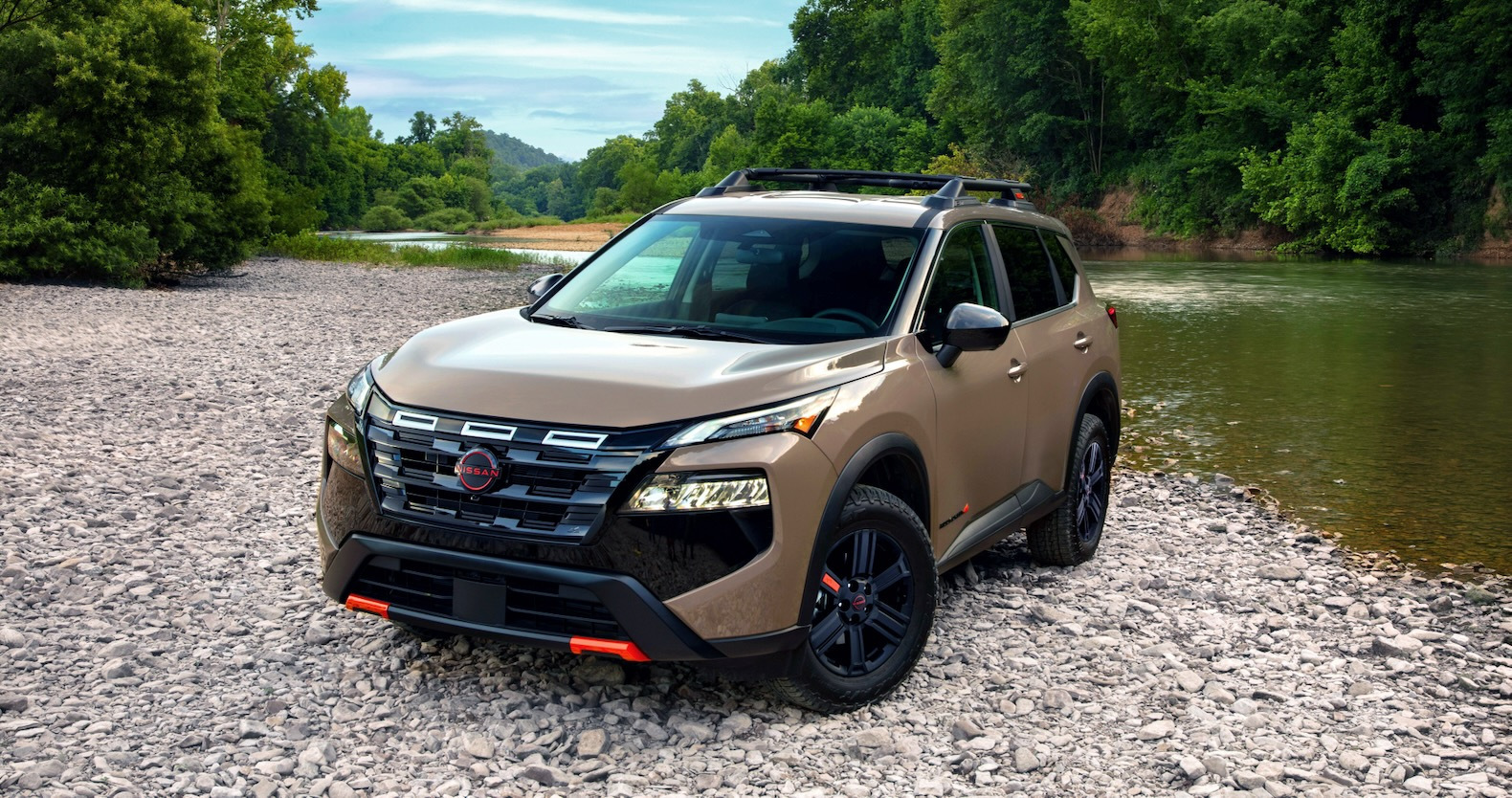
1. Nissan Rogue
At first glance, the Nissan Rogue seems like a well-rounded choice for budget-conscious SUV buyers, offering decent comfort, attractive styling, and a suite of basic tech features. However, its built-in Wi-Fi system leaves a lot to be desired. The Rogue uses a 4G LTE Wi-Fi hotspot through Verizon, which on paper sounds promising, but the performance in real-world scenarios is often underwhelming.
In densely populated areas, users may experience marginal speeds adequate only for basic browsing. But once you start moving or enter less urban areas, the signal can degrade quickly, leading to interruptions in streaming or long loading times. This inconsistency makes it difficult to rely on the Rogue’s Wi-Fi for anything beyond the occasional web check or email, effectively rendering it useless for passengers hoping to stream or work during a drive.
One of the core issues is that the Wi-Fi system seems like a tacked-on feature rather than a fully integrated utility. While some cars intelligently allocate bandwidth or provide user settings to prioritize certain devices or functions, the Rogue offers no such refinements. There’s no seamless syncing with in-vehicle systems like navigation or cloud-based user profiles.
In fact, most of the Rogue’s infotainment strengths come from Apple CarPlay or Android Auto, which ironically function better when tethered through a mobile phone’s hotspot than through the car’s own system. This redundancy brings into question why the in-car Wi-Fi is even necessary when it can’t outperform the simpler, more reliable option that nearly every passenger already carries in their pocket.
Moreover, Nissan hasn’t prioritized enhancing this system through software updates or hardware improvements in newer model years. While competitors are moving toward faster 5G support or offering customizable data plans, the Rogue remains stuck with outdated LTE functionality and weak signal management.
It’s difficult to justify paying for a subscription or data package when the system fails to deliver anything that adds tangible value. For a feature that’s increasingly expected to be modern and high-performing, the Nissan Rogue’s implementation of in-car Wi-Fi feels disappointingly obsolete and, frankly, pointless.

2. Jeep Wrangler
The Jeep Wrangler is an icon of off-road capability, known for its rugged design, trail-ready engineering, and adventurous spirit. However, its built-in Wi-Fi system stands in stark contrast to the rest of the vehicle’s mission. Designed for exploration and getting off the beaten path, the Wrangler’s in-car Wi-Fi is ironically at its weakest when it matters most.
Powered by AT&T’s LTE network, the system struggles in rural and remote areas—the exact locations where Wrangler owners are most likely to travel. Passengers expecting to stream a podcast, send emails, or access maps while rock-crawling or camping will be quickly disappointed. Once you’re off-grid or outside urban coverage, the signal quality tanks, leaving the feature essentially useless when it’s supposed to shine.
Another contradiction lies in the lifestyle Jeep markets versus the tech it includes. Wrangler buyers typically prioritize mechanical durability, off-road capability, and self-reliance over cloud-based convenience. Unlike family SUVs or city commuters, Wrangler drivers are less likely to be glued to multiple connected devices while traveling through deserts or forest trails.
And when they do need connectivity, it’s typically for utility—uploading location data, checking weather conditions, or downloading maps. Unfortunately, the Wrangler’s Wi-Fi doesn’t even manage these basic functions consistently. The lag is significant, and the inability to prioritize essential data over entertainment streams further weakens its utility. In this context, the Wi-Fi doesn’t align with the vehicle’s identity or customer expectations.
Furthermore, the infotainment system in the Wrangler, while improved over earlier generations, doesn’t do much to enhance the connectivity experience. Uconnect is user-friendly but not particularly fast, and the reliance on external data to improve maps or voice commands often results in frustrating delays when the signal is weak.
Jeep could have focused on improving offline capabilities, like downloadable maps or stored apps, but instead opted for a half-hearted Wi-Fi feature that adds cost and complexity without real value. As a result, the Jeep Wrangler’s built-in Wi-Fi feels less like a trailblazing innovation and more like a tech checkbox added to appease modern expectations, even though it rarely delivers.

3. Kia Soul
The Kia Soul is well-known for its quirky design, fun handling, and affordability. It appeals to younger drivers, college students, and small families, many of whom are highly reliant on mobile technology. You would think that a vehicle targeted at tech-savvy users would offer a high-functioning, dependable in-car Wi-Fi system.
Unfortunately, the reality is far less impressive. The Kia Soul’s Wi-Fi hotspot, provided through T-Mobile, often suffers from weak signals, slow connection speeds, and frequent disconnections. In practice, users report that it barely suffices for basic browsing, let alone supporting video streaming or real-time navigation updates. The hotspot simply doesn’t keep up with modern demands, which feels contradictory given the car’s appeal to a digitally engaged demographic.
The system also lacks refinement and configurability. Users can’t prioritize data usage, limit access, or optimize performance for certain apps or services. This is particularly frustrating when multiple devices are connected, as bandwidth gets split inefficiently, resulting in degraded performance for everyone.
Compounding the issue is the fact that the infotainment system doesn’t utilize the Wi-Fi to enhance the in-car experience in any meaningful way. Streaming services lag, voice assistants time out, and navigation becomes unreliable in weak signal zones. For a car that tries so hard to position itself as youthful and connected, the Wi-Fi setup feels outdated and barely functional. You’re more likely to turn your phone into a hotspot than rely on what the Soul offers by default.
Worse yet, Kia has made minimal strides in improving this system across newer trims or model years. While other manufacturers are experimenting with faster 5G capabilities or mesh-style vehicle networks, the Soul’s system remains stuck in a basic 4G LTE loop with mediocre results.
For drivers who prioritize connectivity—and many Soul buyers do—the system can diminish the ownership experience. Instead of enhancing the vehicle’s tech appeal, the poorly implemented Wi-Fi feels like an abandoned feature that doesn’t live up to the promise of its user base. When your customers expect fast, reliable internet and you deliver a sluggish, unpredictable experience, it quickly becomes clear: the Wi-Fi in the Kia Soul is more of a gimmick than a tool.
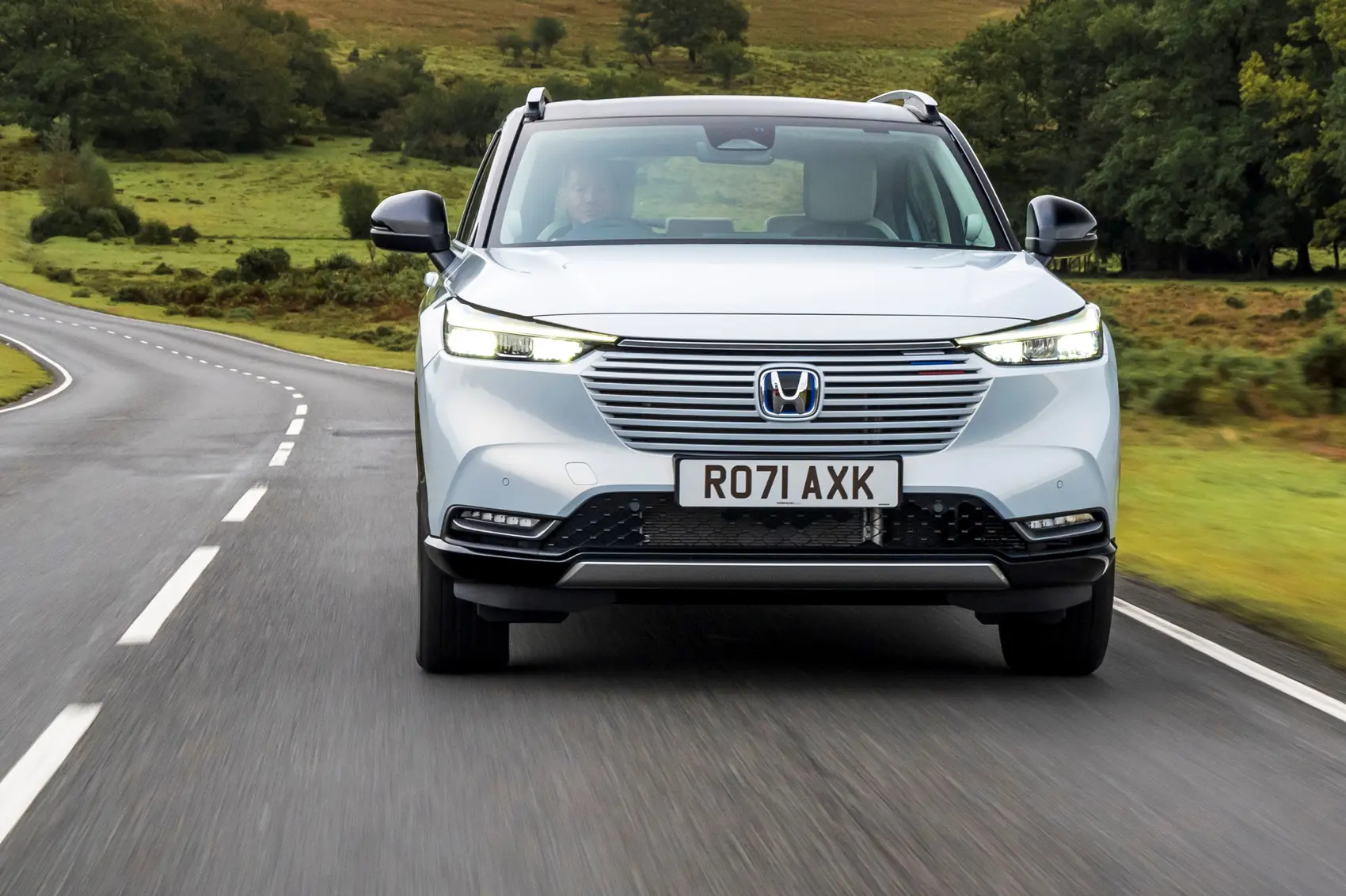
4. Honda HR-V
The Honda HR-V is a subcompact SUV that wins points for reliability, fuel efficiency, and practical design, but when it comes to connectivity, especially its built-in Wi-Fi, the performance is strikingly lackluster. The HR-V offers a Wi-Fi hotspot powered by Verizon, yet despite the strong carrier backing, the system is painfully slow in many scenarios.
In real-world usage, signal stability fluctuates wildly depending on location, and passengers often find themselves frustrated with constant buffering and dropped connections. For a feature meant to enhance convenience, it ends up being an annoyance, especially when you’re paying extra for it. Unlike the HR-V’s other practical features, the Wi-Fi doesn’t add utility or comfort; it feels more like an afterthought in an otherwise user-friendly package.
Compounding the issue is the outdated infotainment interface, which does little to support a robust online experience. The interface is functional but barebones, offering none of the deep integration or intelligent resource management seen in more premium systems.
There’s no way to manage bandwidth, prioritize devices, or troubleshoot performance beyond basic settings. What’s more, the Wi-Fi isn’t used for any unique in-vehicle features—no smart assistant, no enhanced over-the-air updates, no in-depth cloud syncing—so there’s little reason for anyone to use it instead of a personal mobile hotspot. The redundancy is glaring, and it makes you wonder why Honda even includes the feature in the first place.
Even more frustrating is the fact that the HR-V is a vehicle often chosen by younger, connected drivers—people who value fast, accessible technology. For this demographic, slow Wi-Fi isn’t just inconvenient; it’s a dealbreaker. In an era where remote work, streaming, and constant digital communication are norms, this sluggish system fails to meet basic expectations.
Many users find themselves abandoning the system entirely after a few attempts, opting instead to tether their phones, which deliver significantly better speeds and reliability. Given all of this, the HR-V’s built-in Wi-Fi isn’t just ineffective—it’s practically useless, offering no clear advantage over what most drivers already have in their pockets.
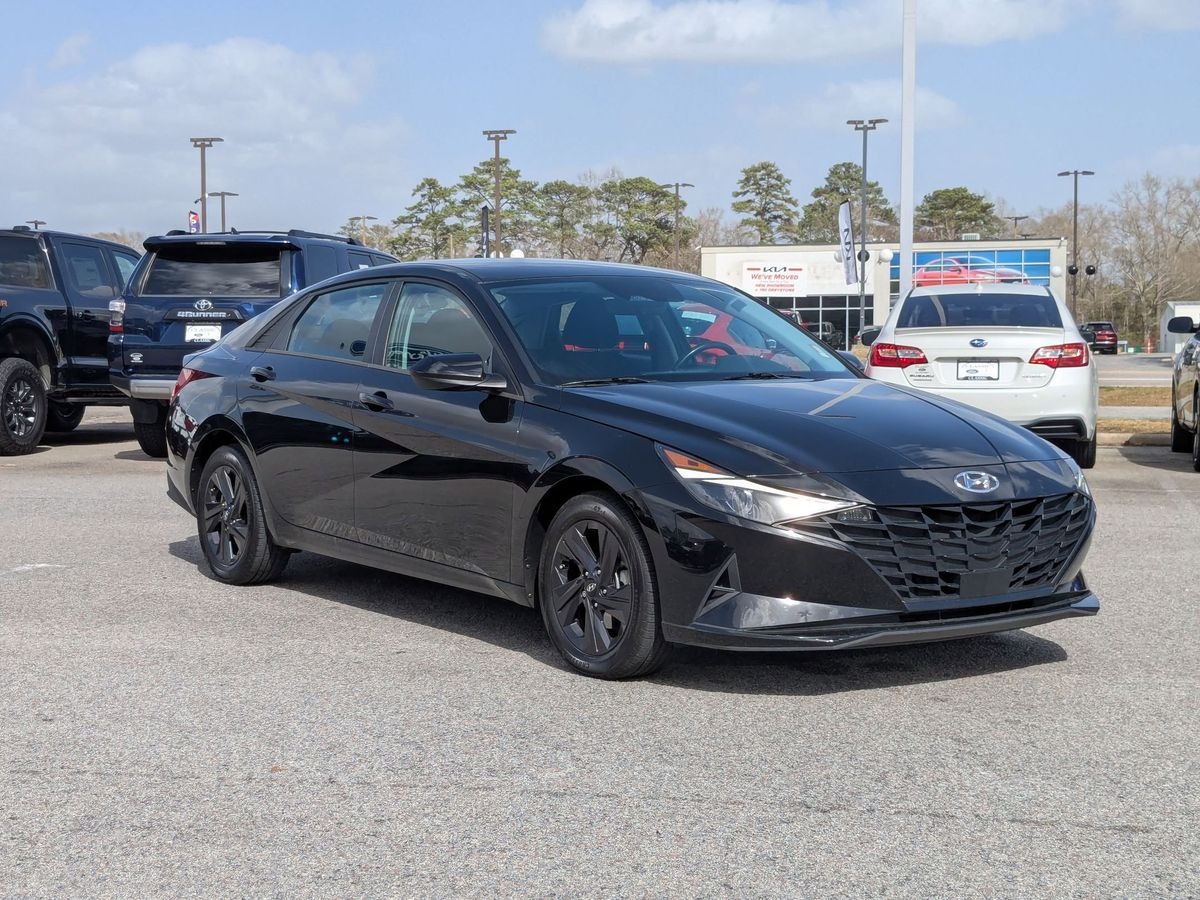
5. Hyundai Elantra
The Hyundai Elantra has come a long way in recent years, gaining traction with its sharp design, good gas mileage, and competitive pricing. However, when it comes to in-car Wi-Fi, the Elantra lags far behind its competition. Utilizing T-Mobile’s 4G LTE network, the car promises a functional hotspot, but what it delivers is an unreliable, lag-prone connection that can barely handle light use.
While it might suffice for sending the occasional email or browsing a text-heavy webpage, the system struggles with video streaming, audio calls, or anything requiring consistent bandwidth. For a compact car marketed toward younger drivers and commuters, this underperformance is a letdown, especially when mobile connectivity is considered essential by the target audience.
The integration of the Wi-Fi system into the rest of the vehicle is also disappointingly shallow. It offers little synergy with Hyundai’s infotainment platform, which is otherwise well-designed and user-friendly. Streaming apps stutter, downloads fail, and even navigation services that rely on cloud-based traffic data can become unreliable.
Over-the-air updates—one of the supposed benefits of connected systems—are rare and slow, and the lack of smart bandwidth management leads to lopsided performance when more than one device is connected. This creates a frustrating experience for families or rideshare passengers who might otherwise benefit from fast, shared internet access on the road.
Adding to the frustration is the data pricing model, which isn’t particularly generous or affordable for what you’re getting. Subscribing to a plan to support such a weak system feels like throwing money away. Many Elantra owners report abandoning the built-in hotspot entirely in favor of personal mobile hotspots that offer faster, more reliable connections.
Hyundai could address these shortcomings through firmware improvements or future hardware upgrades, but as of now, the Elantra’s in-car Wi-Fi remains a disappointing misfire—one that overpromises and significantly underdelivers in the modern connected era.
Also Read: 10 Cars With Best Dash Designs That Bring Innovation
As cars become more like rolling offices and entertainment centers, the quality of built-in Wi-Fi can genuinely impact your driving experience. A good system doesn’t just provide access—it enables multitasking, keeps families sane during long trips, and empowers professionals to stay productive from anywhere.
Vehicles like the Chevrolet Bolt EV, Tesla Model S, and Ford F-150 demonstrate that when executed properly, in-car Wi-Fi is more than a gimmick—it’s a transformative feature that enhances every mile on the road.
On the other hand, poorly implemented systems in vehicles like the Jeep Wrangler, Nissan Rogue, and Kia Soul reveal the pitfalls of adding tech without truly integrating it into the user experience.
Spotty signals, underpowered hardware, and redundant functionality make these systems more frustrating than helpful. In many of these cases, the in-car Wi-Fi feels like a checkbox feature—more about appearances than performance.
Ultimately, if in-car connectivity is a major part of your lifestyle, it’s worth doing your homework before you buy. Don’t be swayed by the mere presence of a hotspot; consider how well it performs, how it integrates with the rest of the car, and whether it adds meaningful value to your everyday drive.
Technology should work for you, not just impress you at first glance. Choose wisely, and your car can be a mobile command center. Choose poorly, and it’s just another subscription you’ll wish you never paid for.

